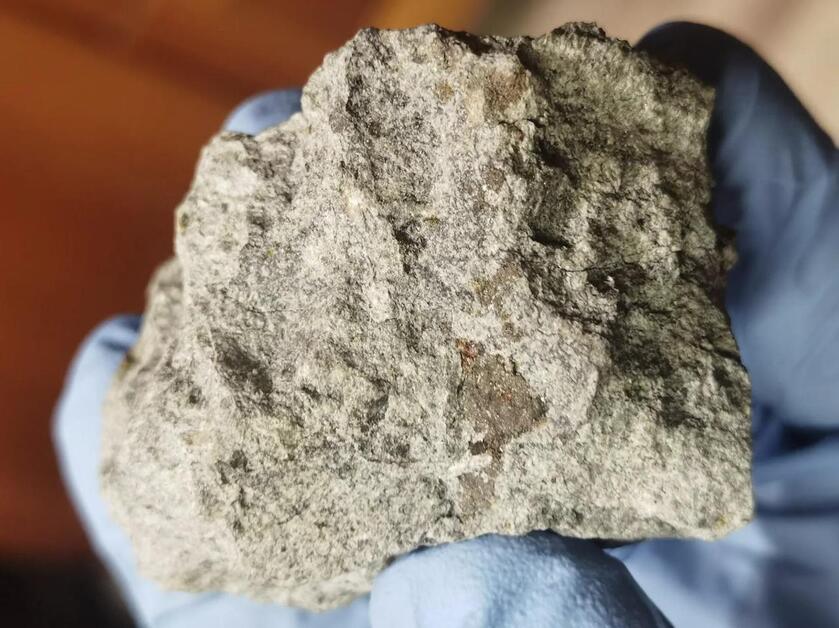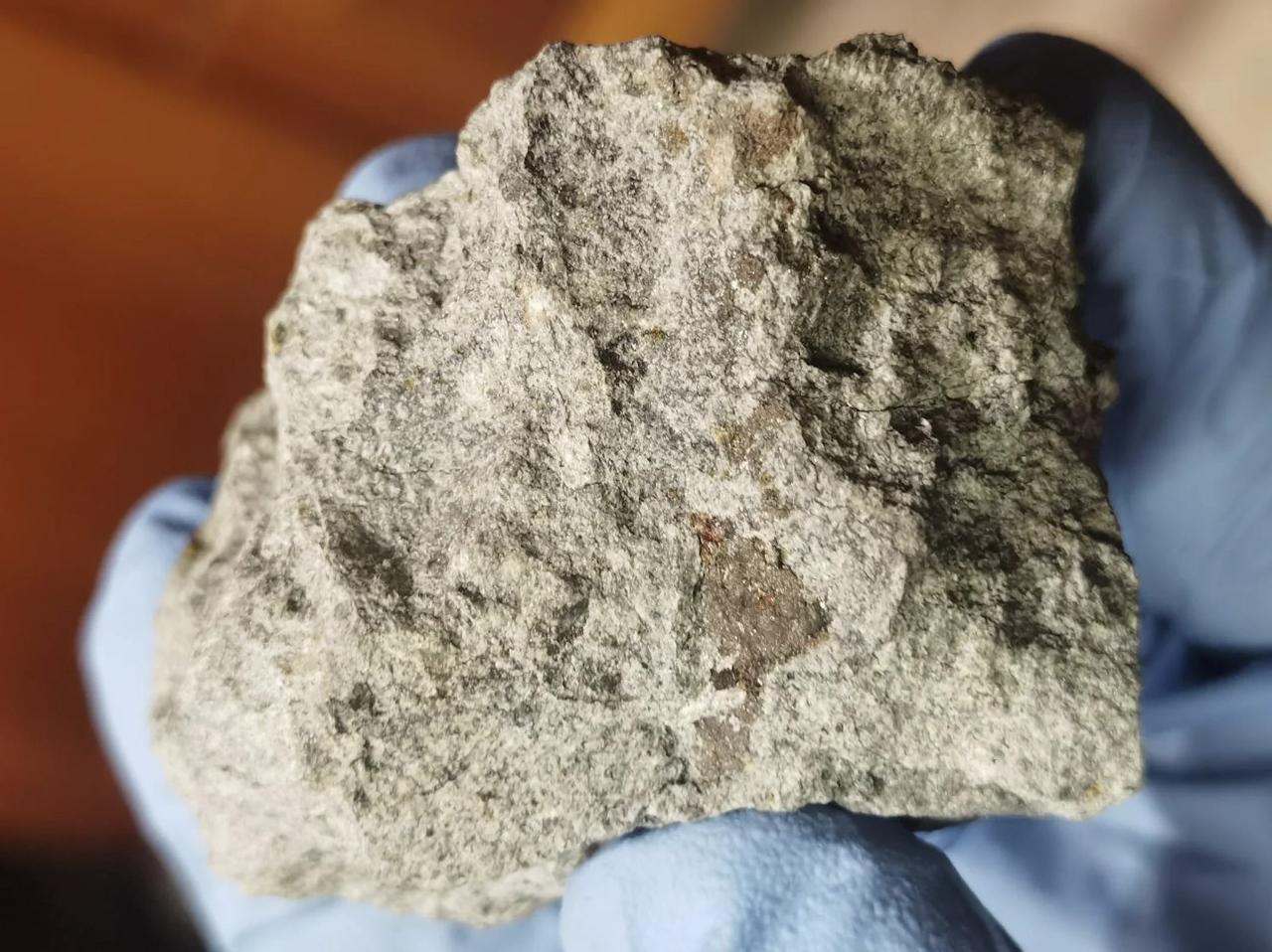Email today to buy or store your DASEIN System 6 can carton today.
[email protected]
#Extract Each person has a unique microbiome and the balance of commensal microbes is what helps the body protect itself from pathogens, create important metabolites, and more. Food additives that kill commensals could be destroying the very community that is protecting our bodies from the pathogens in food, and leaving us worse off than if we’d simply eaten contaminated food, the news release pointed out.
The fact that an antimicrobial additive would kill beneficial microbes isn’t too surprising, Catherine Rall, a certified nutritionist who works with the women’s wellness company Happy V, told The Epoch Times in an email.
“This makes a certain amount of sense. Preservatives are designed to keep microbes from growing on our foods, and many of them aren’t too discriminating about which microbes they affect,” she said. ”I suspect that we’re going to find more and more preservatives with these kinds of effects as we learn more about our microbiomes.”
Slippery Slope of Bioengineering
A more sinister concern arises from the slippery slope of bioengineered food that’s becoming more commonplace, Robert Verkerk, founder and executive and science director of the nonprofit Alliance for Natural Health, told The Epoch Times.
These foods may have antimicrobial properties designed into them.
Bioengineered food is modified in a lab to alter genetic material in ways that cannot be found in nature or done by conventional breeding, according to the U.S. Department of Agriculture. In some cases, disclosure of bioengineered ingredient
https://www.zerohedge.com/political/safe-food-additive-may-have-consequences-gut-microbiome
What should you do if you find a meteorite?
If you find a strange dark rock that's different from other rocks and covered with a thin, hard crust, it might be a meteorite. Australian scientists advise:
▪️Don't touch it. First, take a photo of it on the spot, placing something nearby for scale.
▪️Record the coordinates, time, and date.
▪️Don't wash, rub, or wrap it in plastic (preferably foil).
▪️Contact a museum or geological survey.
☄️BLACK HOLE. Subscribe.
https://x.com/konstructivizm/status/1991063898498494766?t=9qgBsLomzirs0W9_QXmWHA&s=19

🧑🌾Arizona-based Hickman’s Family Farms set to be acquired by Brazilian company Mantiqueira USA
Hickman’s has over five locations across Arizona. The company also has locations in California, Colorado, and Nevada
https://x.com/dailyjobcuts/status/1990607691572457641?t=_-zRREhFA4AVzmZuTgTVOg&s=19














